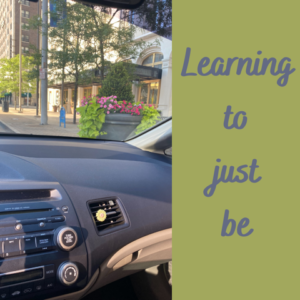Flammable
Flammable
Our words and actions matter to others. When the natives in Malta took care of Paul and companions, they had no idea of the recent hardships at sea or the blessings they would receive when the chief’s father and many others were cured of illness. Can we say we are as hospitable in our everyday dealings?
The islanders showed us unusual kindness. They built a fire and welcomed us all because it was raining and cold. Acts 28:2
In nature, the careless toss of a match or neglect of a dying campfire can wreak havoc and destruction. That same carelessness with words can cause just as much damage and inflame a person’s emotional state. Today, hurtful rhetoric is everywhere. How do we get past the politics, the hate, the fight mentality? We must start somewhere, one encounter at a time.
Some years ago, my husband had to undergo a procedure. He was afraid and in pain. When the nurse at the outpatient facility was brusque with his questions and seemingly impatient, he lost his cool and began raising his voice. He became angry and seemed inconsolable, until the head nurse appeared in the doorway and gently pulled him to the back kindly talking him out of his feverish pitch. I thought how understanding she was, how insightful to see beyond his ire to recognize the emotions behind the outburst.
I questioned my own responses on other occasions when confronted with irate people and decided then and there I would look beyond the harsh words and return them with gentleness. It’s not always an easy thing to do. Instead of returning the heat of the fire, I want to return a heart burning with the same love and kindness our Lord has for each of us.
My prayer for creation is that we strive to soothe and nurture this earth and each other – and if inevitable fires do ensue, may we focus on new growth arising from the ashes.
During the procedure, I penned my thoughts, and the following poem is the fruit of that encounter.
Flammable
Incendiary par with war-time evening news,
Coals heaped upon a head already burning-
Caution cries to censor words we choose
That set aflame the limbic system churning.
.
Kind response is water quenching fire –
A touch, a smile can cool the hottest ire.
In the end it’s all about the fear, the pain
That spoken words can soothe like water’s springs or
Aggravate like biting fire’s rain.
.
Partake of introspection if you dare
And count today times you’ve said
“I don’t care.”
Copyright 2022 by Paula Veloso Babadi




 Advent and Christmas were always bright and happy times in my childhood home. While focus was on preparing for the coming of Christ, mixed in with that anticipation was the fun of decorating. Red was everywhere and in every room. My mother made sure our home reflected the joy heralded by the angels of peace on earth and goodwill to all men, with the manger scene a focal point. We had red plaid table cloths in the dining room and playful elves hanging from every conceivable perch. I came to love the significance of all these bright red and green decorating traditions.
Advent and Christmas were always bright and happy times in my childhood home. While focus was on preparing for the coming of Christ, mixed in with that anticipation was the fun of decorating. Red was everywhere and in every room. My mother made sure our home reflected the joy heralded by the angels of peace on earth and goodwill to all men, with the manger scene a focal point. We had red plaid table cloths in the dining room and playful elves hanging from every conceivable perch. I came to love the significance of all these bright red and green decorating traditions.
!["Alzheimer's Patient" by Gelonida (Own work) [GFDL or CC BY 3.0], via Wikimedia Commons](http://blog.catholicwritersguild.com/wp-content/uploads/2017/07/Demenzbedrohtes_ich-214x300.png)



